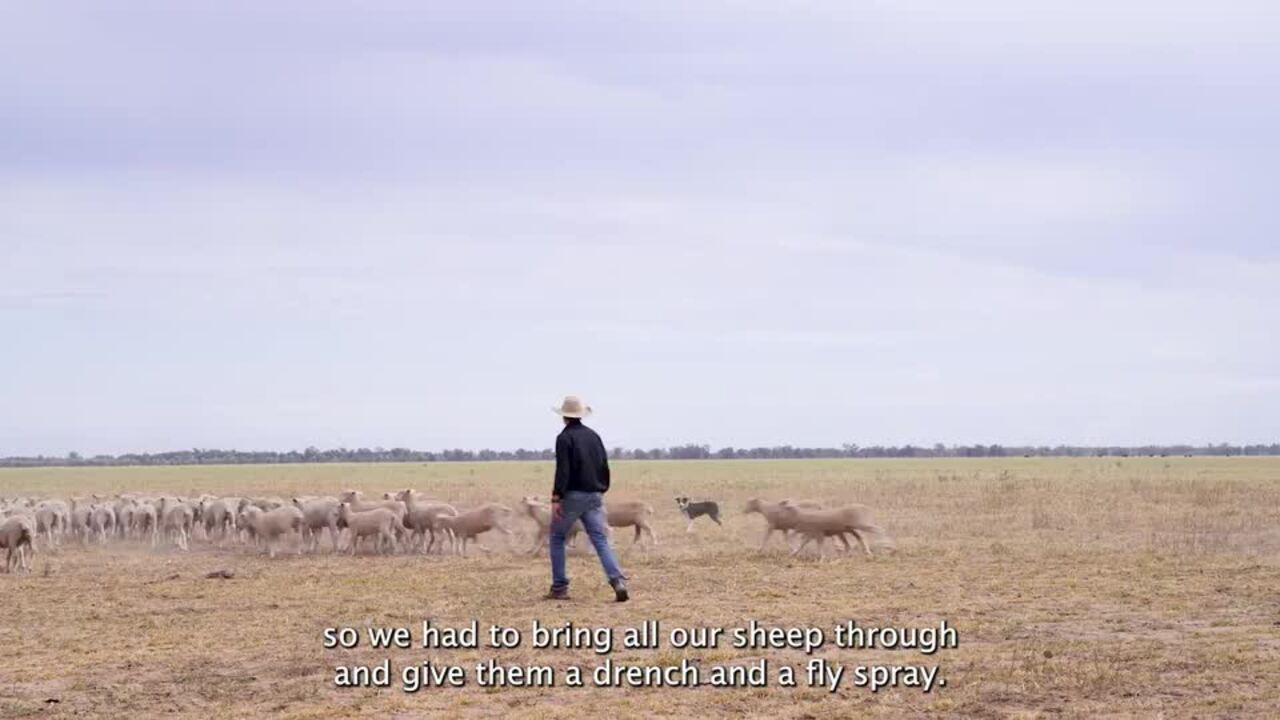Mulesing: A humane and profitable alternative has existed for decades”.
There are now more producers mulesing sheep than there were a year ago. And the rise comes as animal welfare groups want the practice stopped by 2030.

Animal welfare groups are calling for a 2030-deadline to end mulesing as figures show the number of growers using the flystrike control method is on the rise.
The call comes two decades after a previously abandoned end date for mulesing of 2010, agreed to and then thrown out by the Australian wool industry.
Figures from the Sheep Sustainability Report show the number of wool producers who mules ewe lambs rose from 52 per cent in 2023 to 57.7 per cent this year.
And the volume of wool from non-mulesed sheep comprises just 21.5 per cent of the national clip, with another 3 per cent shorn from flocks that have ceased mulesing, according to figures collected by the Australian Wool Exchange.
WoolProducers Australia chief executive Jo Hall said mulesing was still needed but should be done with pain relief.
To this end, WPA was continuing to push for pain relief at mulesing to be mandatory.
Ms Hall said there was no widely accepted alternative to the practice despite “significant money spent on finding alternatives over the last 20 years”.

But Humane Society International Australia animal welfare campaigner Georgie Dolphin said there were options and growers “clearly have no intention to end the practice anytime soon”.
“A recent industry survey released by Meat and Livestock Australia showed that across Australia, of producers who mulesed in 2023, over 70 per cent said they were unlikely to cease mulesing,” Ms Dolphin said.
“Since the 2010 deadline, an estimated 140 million lambs have suffered from this painful practice which is frustrating when we know a humane and profitable alternative has existed for decades.
“It is hard to understand why wool industry leaders do not back the genetic solution to flystrike to breed low wrinkle sheep.”

Ms Dolphin said it was essential for governments to intervene and legislate a phase out by 2030.
She said multi-modal pain relief should be made mandatory while the practice continued.
Ms Dolphin said many wool growers were already breeding plainer sheep with fewer wrinkles around the breech or even a bare breech.
“That most wool growers still breed wrinkly sheep and use live lamb cutting (mulesing) to mitigate flystrike despite a humane alternative, tarnishes the whole Australian wool industry,” she said.
“Millions of dollars have been spent by Australian Wool Innovation in the search for alternative solutions to live lamb cutting over the years, but one already exists and is widely known — using genetics to breed flystrike-resistant plainer Merinos.”




